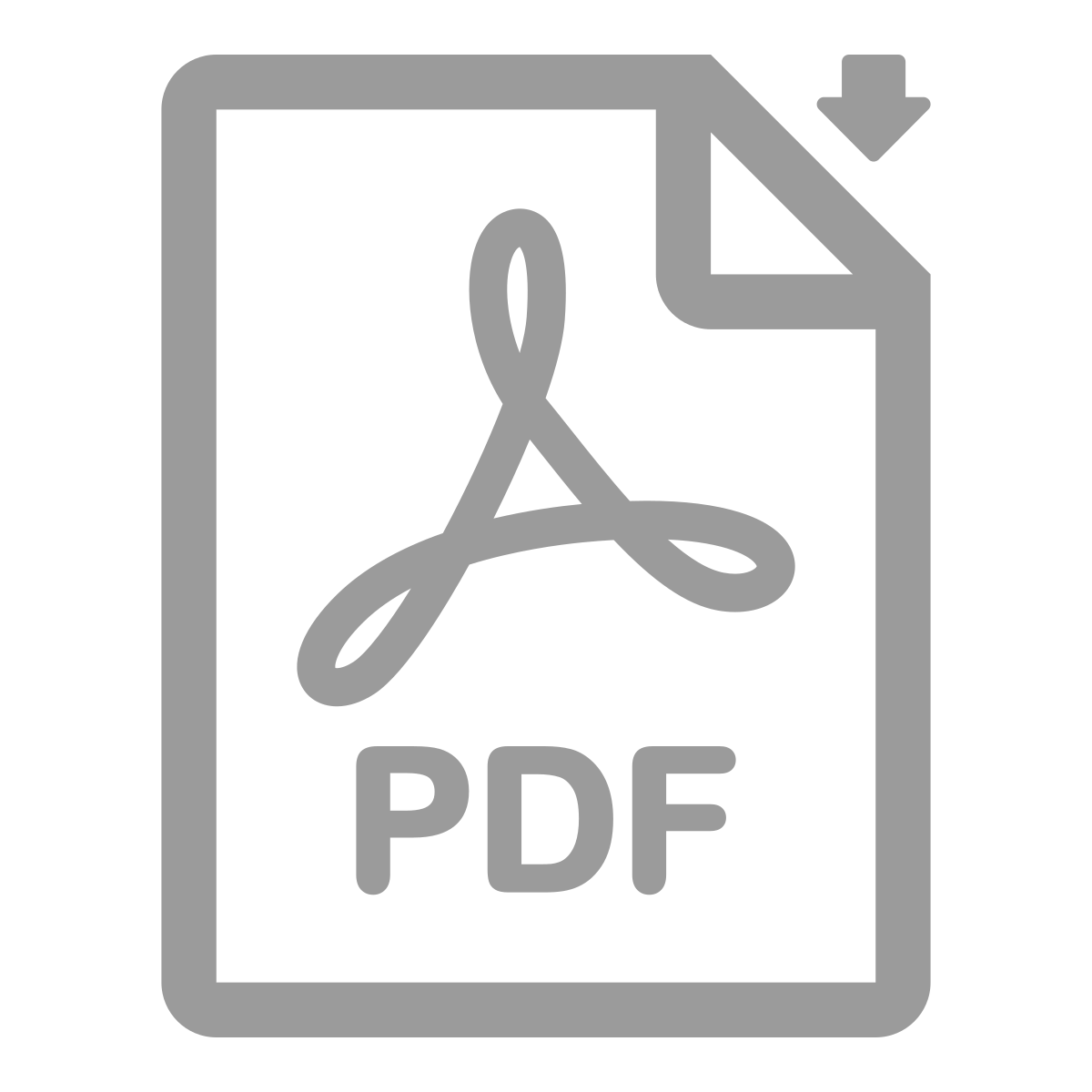Sol-Gel Technologies, Ltd. and Mayne Pharma Group Limited are joining forces for the sale and exclusive license of the U.S. rights to Epsolay and Twyneo.
Under the terms of the agreement, Sol-Gel will receive a total of $16 million in two installments: $10 million in the second quarter of 2025 and $6 million in the fourth quarter of 2025, which is expected to extend the Company’s cash runway into the first quarter of 2027.
This agreement was executed following the mutual termination by Sol-Gel and Galderma of the exclusive five-year license agreement in the U.S. for both products.
Epsolay is a topical cream containing encapsulated benzoyl peroxide, 5%, for the treatment of inflammatory lesions of rosacea (papulopustular rosacea) in adults. Twine is a fixed-dose combination of encapsulated benzoyl peroxide, 3%, and encapsulated tretinoin, 0.1%, cream for the treatment of acne vulgaris.
Facilitating the amounts received from this agreement with Mayne Pharma, Sol-Gel will concentrate on the clinical and commercial development of its most advanced innovative product, SGT-610, a hedgehog signaling pathway blocker designed to potentially become the first-ever preventative treatment of basal cell carcinomas (BCCs) in Gorlin syndrome patients, if approved.
Advanced Stages of Global Business
“We are pleased to enter into this agreement with Mayne Pharma,” says Mori Arkin, Chairman of the Board and CEO of Sol-Gel, in a news release. “Having concluded this U.S. transaction, we are in advanced stages of establishing the commercial network of Epsolay and Twyneo outside the U.S. Many partnership agreements have already been signed, and others are under negotiation. If the forecasts of our partners, who all made upfront payments for the rights in their territories, are accurate, we believe that the value of the global business could far exceed that of the U.S. business alone.
“This agreement with Mayne Pharma is expected to significantly enhance our cash position and enable us to bolster our SGT-610 program and bring the Phase-III trial to completion. In addition to the potential of SGT-610 in the U.S., we believe that the worldwide potential of SGT-610 is very significant as Gorlin syndrome is prevalent globally.”
The Phase 3 clinical trial of SGT-610 is progressing well, he adds. All 41 sites are open for enrollment, and approximately 80% of the planned number of patients enrolled. The Company expects to complete recruitment no later than the third quarter of this year and announce top-line results in the fourth quarter of 2026.
“It is important to note that all the data supporting our optimistic outlook are based on our post hoc analysis of the results of the Phase 3 clinical study of patidegib that was conducted by our predecessor, PellePharm Inc,” he says.
“The study conducted by PellePharm did not achieve the statistical significance of the primary endpoint. However, with the assistance of three independent statisticians and several clinical experts, all commissioned by Sol-Gel, significant findings were made after studying the data.”
Superiority Became Significant
Gorlin syndrome patients who lacked the PTCH-1 mutation responded poorly to patidegib, the study showed.
“When we included in our analysis only patients with a confirmed hedgehog mutation and excluded an additional subset of patients, the superiority of patidegib became very significant – P <0.01. Our experts believe that this selection is not only warranted statistically but is based on sound scientific considerations.”
Mr. Arkin says, “I am also pleased to share an update on Sol-Gel’s vehicle-controlled Phase 1b clinical trial on SGT-210 (topical erlotinib) in patients with Darier disease, a significant unmet medical need with an estimated market potential of $200 to $300 million.”
If the trial is positive, the Company will file for a Phase 2 IND in Q2 2025. SGT-210 is currently being used in a compassionate use treatment for a pediatric patient suffering from a rare disease, and the repeated requests for supply from the patient’s family indicates to us that the drug was probably helpful for this patient.


